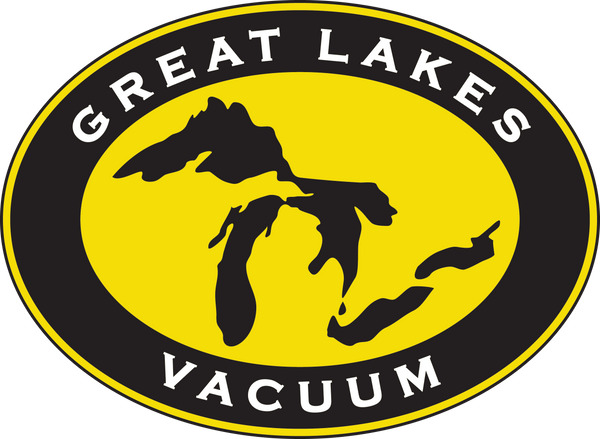Storing and Handling Vacuum Pump Parts - Best Practices
Share

How to Properly Store and Handle Vacuum Pump Parts – Best Practices for Maintaining Performance and Longevity
Industrial Vacuum Pumps and Mechanical Boosters (Blowers) are the workhorses of numerous industries, ensuring everything from manufacturing to scientific research runs smoothly. However, to keep these essential pieces of equipment operating at peak performance, proper handling and storage of vacuum pump parts are crucial. Whether you are dealing with seals, filters, gaskets, or valves, a few best practices can go a long way in extending the life and efficiency of your equipment.
Best Practices for Storing Vacuum Pump and Blower Parts
- Maintain a Controlled Environment - Temperature and humidity play a significant role in the longevity of vacuum pump parts. Excess moisture can lead to corrosion, while extreme temperatures may cause materials to degrade. This is why Great Lakes Vacuum (GLV) ensures its part room is climate-controlled to maintain excellent inventory conditions. Keeping parts in a stable environment protects their integrity and enhances their lifespan.
- Proper Labeling and Organization - Having an organized system for storing vacuum pump components can prevent damage caused by improper handling. Parts should be stored in designated compartments with clear labeling to reduce mix-ups, avoid contamination, and ensure quick retrieval when needed.
- Use Protective Packaging - Many vacuum pump components are delicate and prone to damage from dust, moisture, and physical impact. Using protective packaging such as sealed bags, cushioned containers, or anti-static materials can shield these parts and prevent unnecessary wear and tear.
- Avoid Direct Sunlight and Chemical Exposure - Certain materials, including rubber seals and gaskets, can degrade quickly when exposed to UV light or harsh chemicals. Parts should be stored in a location shielded from direct sunlight and away from substances that may cause deterioration.
Best Practices for Handling Vacuum Pump and Blower Parts
- Follow Manufacturer Guidelines - Each vacuum pump and its parts come with specific handling instructions. Reviewing manufacturer guidelines before installation or replacement can prevent costly mistakes and enhance performance.
- Practice Cleanliness - Contaminants such as dust, grease, and moisture can negatively impact vacuum pump efficiency. Parts should always be handled with clean, dry hands or gloves to prevent contamination that could interfere with operations.
- Use Proper Tools During Installation - Mishandling parts during installation can cause them to wear down prematurely or fail altogether. Using the correct tools and techniques ensures proper fitting, prevents damage, and maintains optimal vacuum performance.
- Regular Inspection and Maintenance - Preventative maintenance is key to keeping vacuum pump systems operating smoothly. Checking components for wear, leaks, or damage before installation can prevent unexpected malfunctions, saving both time and money in the long run.
Great Lakes Vacuum – Your Trusted Source for Vacuum Pump and Blower Parts
For over 20 years, Great Lakes Vacuum (GLV) has been a trusted partner in the industry. GLV specializes in consulting, selling, repairing, rebuilding, and remanufacturing industrial vacuum pumps and mechanical boosters (blowers). In addition to providing expert equipment service, GLV boasts a large warehouse with an extensive selection of vacuum pump and blower parts, shipping orders at multiple intervals daily.
Whether you need replacement parts, repairs, or expert consultation, GLV has the experience, inventory, and knowledge to keep your vacuum systems running efficiently. By following these best practices for storing and handling vacuum pump parts, you can maximize performance, extend longevity, and reduce downtime in your operations.
For more information, visit Great Lakes Vacuum today! www.greatlakesvacuum.com
